Everything You Need To Know About The Aug. 21 Eclipse
Everything You Need to Know About the Aug. 21 Eclipse
On Aug. 21, all of North America will experience a solar eclipse.

If skies are clear, eclipse-watchers will be able to see a partial solar eclipse over several hours, and some people – within the narrow path of totality – will see a total solar eclipse for a few moments.
How to Watch
It’s never safe to look at the Sun, and an eclipse is no exception. During a partial eclipse (or on any regular day) you must use special solar filters or an indirect viewing method to watch the Sun.

If you have solar viewing glasses, check to make sure they’re safe and undamaged before using them to look at the Sun. Make sure you put them on before looking up at the Sun, and look away before removing them. Eclipse glasses can be used over your regular eyeglasses, but they should never be used when looking through telescopes, binoculars, camera viewfinders, or any other optical device.
If you don’t have eclipse glasses, you can still watch the eclipse indirectly! You can make a pinhole projector out of a box, or use any other object with tiny holes – like a piece of cardstock with a hole, or your outstretched, interlaced fingers – to project an image of the partially eclipsed Sun onto the ground.

Of course, if it’s cloudy (or you’d just rather stay inside), you can watch the whole thing online with us at nasa.gov/eclipselive. Tune in starting at noon ET.
If you’re in the path of totality, there will be a few brief moments when it is safe to look directly at the eclipse. Only once the Moon has completely covered the Sun and there is no light shining through is it safe to look at the eclipse. Make sure you put your eclipse glasses back on or return to indirect viewing before the first flash of sunlight appears around the Moon’s edge.

Why do eclipses happen?
A solar eclipse happens when the Moon passes directly between the Sun and Earth, casting its shadow down on Earth’s surface. The path of totality – where the Moon completely covers the Sun – is traced out by the Moon’s inner shadow, the umbra. People within the Moon’s outer shadow, the penumbra, can see a partial eclipse.

The Moon’s orbit around Earth is tilted by about five degrees, meaning that its shadow usually doesn’t fall on Earth. Only when the Moon lines up exactly between the Sun and Earth do we see an eclipse.

Though the Sun is about 400 times wider than the Moon, it is also about 400 times farther away, making their apparent sizes match up almost exactly. This is what allows the Moon to block out the Sun’s bright face, while revealing the comparatively faint, pearly-white corona.
The Science of Eclipses
Eclipses are a beautiful sight to see, and they’re also helpful for our scientists, so we’re funding eleven ground-based science investigations to learn more about the Sun and Earth.

Total solar eclipses reveal the innermost regions of the Sun’s atmosphere, the corona. Though it’s thought to house the processes that kick-start much of the space weather that can influence Earth, as well as heating the whole corona to extraordinarily high temperatures, we can’t study this region at any other time. This is because coronagraphs – the instruments we use to study the Sun’s atmosphere by creating artificial eclipses – must cover up much of the corona, as well as the Sun’s face in order to produce clear images.

Eclipses also give us the chance to study Earth’s atmosphere under uncommon conditions: the sudden loss of solar radiation from within the Moon’s shadow. We’ll be studying the responses of both Earth’s ionosphere – the region of charged particles in the upper atmosphere – and the lower atmosphere.
Learn all about the Aug. 21 eclipse at eclipse2017.nasa.gov, and follow @NASASun on Twitter and NASA Sun Science on Facebook for more. Watch the eclipse through the eyes of NASA at nasa.gov/eclipselive starting at 12 PM ET on Aug. 21.
Make sure to follow us on Tumblr for your regular dose of space: http://nasa.tumblr.com
More Posts from Monstrous-mind and Others
🔭🌌🪐

Saturn - March 11 2006
Image Credit: NASA/JPL-Caltech/CCI/CICLOPS/Kevin M. Gill
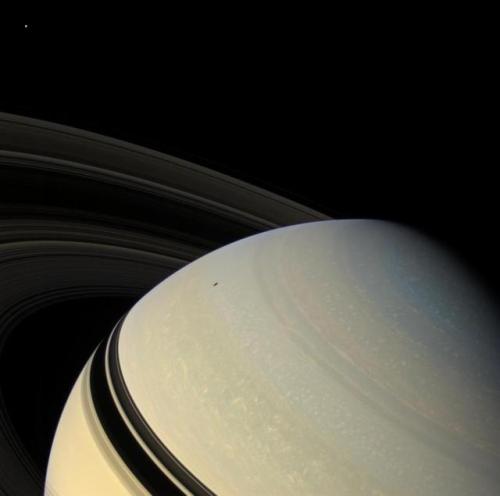
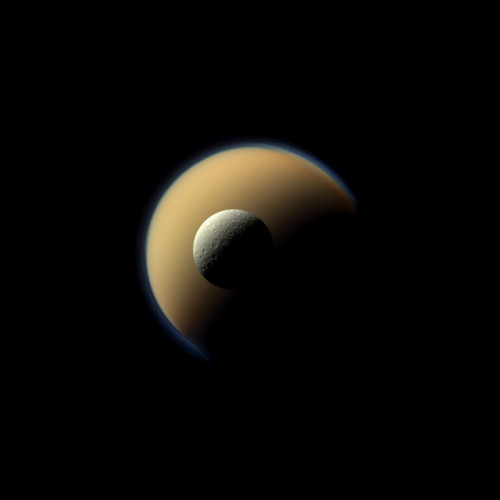
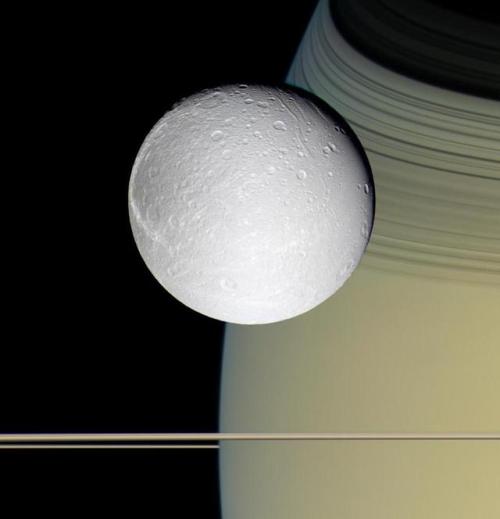
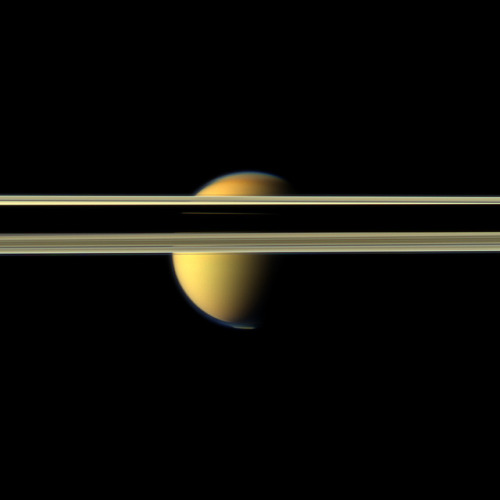
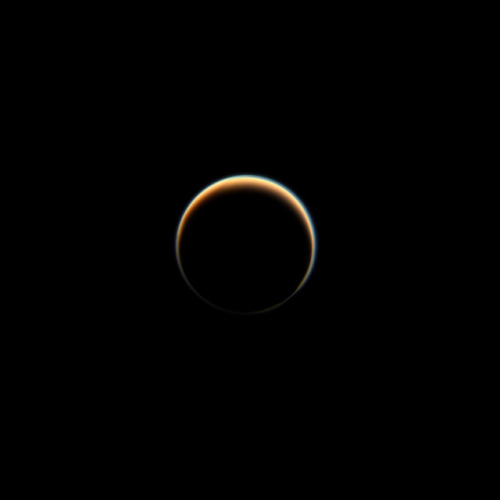
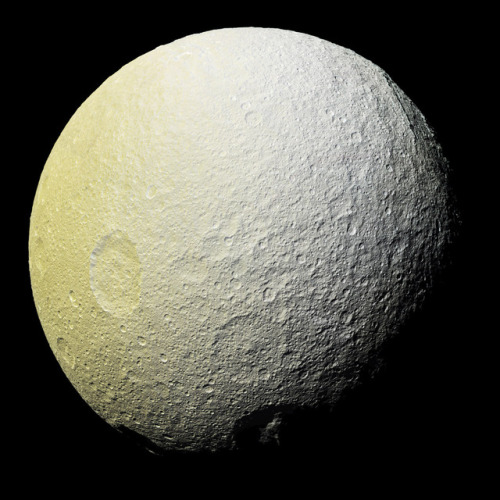
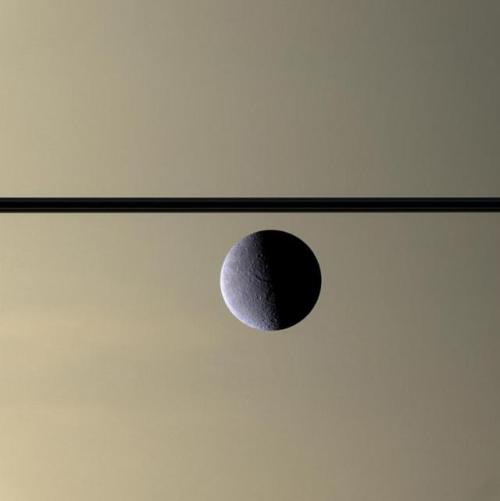

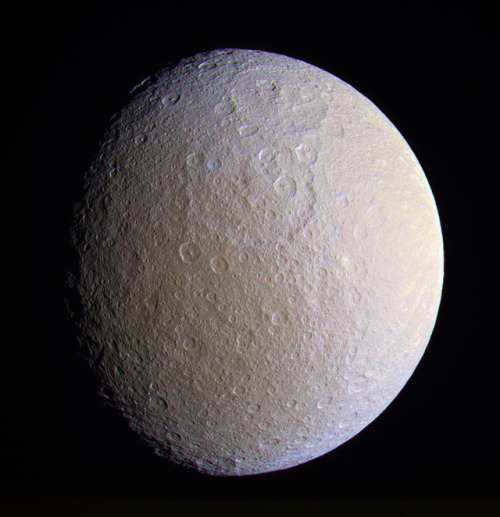
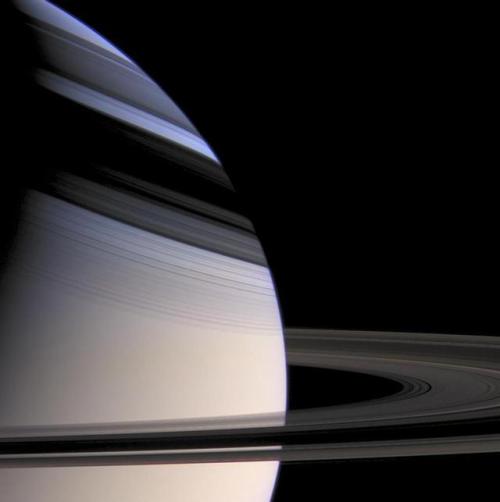
Saturn and its moons
Image credit: NASA/JPL-Caltech
Astronomy From 45,000 Feet
What is the Stratospheric Observatory for Infrared Astronomy, or SOFIA, up to?

SOFIA, the Stratospheric Observatory for Infrared Astronomy, as our flying telescope is called, is a Boeing 747SP aircraft that carries a 2.5-meter telescope to altitudes as high as 45,000 feet. Researchers use SOFIA to study the solar system and beyond using infrared light. This type of light does not reach the ground, but does reach the altitudes where SOFIA flies.

Recently, we used SOFIA to study water on Venus, hoping to learn more about how that planet lost its oceans. Our researchers used a powerful instrument on SOFIA, called a spectrograph, to detect water in its normal form and “heavy water,” which has an extra neutron. The heavy water takes longer to evaporate and builds up over time. By measuring how much heavy water is on Venus’ surface now, our team will be able to estimate how much water Venus had when the planet formed.

We are also using SOFIA to create a detailed map of the Whirlpool Galaxy by making multiple observations of the galaxy. This map will help us understand how stars form from clouds in that galaxy. In particular, it will help us to know if the spiral arms in the galaxy trigger clouds to collapse into stars, or if the arms just show up where stars have already formed.

We can also use SOFIA to study methane on Mars. The Curiosity rover has detected methane on the surface of Mars. But the total amount of methane on Mars is unknown and evidence so far indicates that its levels change significantly over time and location. We are using SOFIA to search for evidence of this gas by mapping the Red Planet with an instrument specially tuned to sniff out methane.

The plumes, illustrated in the artist’s concept above, were previously seen in images as extensions from the edge of the moon. Next our team will use SOFIA to study Jupiter’s icy moon Europa, searching for evidence of possible water plumes detected by the Hubble Space Telescope. The plumes were previously seen in images as extensions from the edge of the moon. Using SOFIA, we will search for water and determine if the plumes are eruptions of water from the surface. If the plumes are coming from the surface, they may be erupting through cracks in the ice that covers Europa’s oceans. Members of our SOFIA team recently discussed studying Europa on the NASA in Silicon Valley Podcast.

This is the view of Jupiter and its moons taken with SOFIA’s visible light guide camera that is used to position the telescope.

🍁🍂🎃🍂🍁🌬🍃🐈🌄
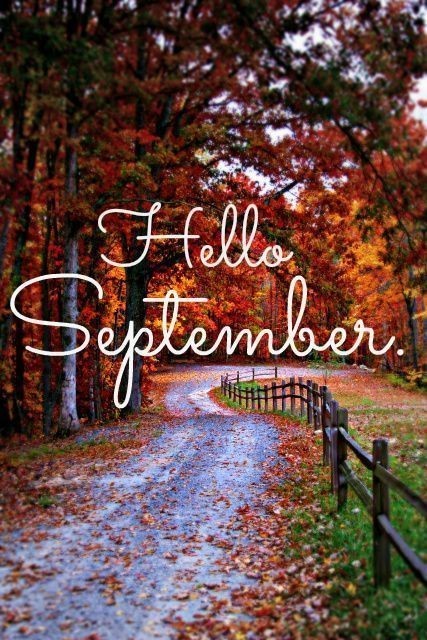
Hello September. May you the first of so many good things to come as the unofficial start to autumn 🍂

Emily Thomas
😮💨📖📚📘📙📗

kitchen ghosts
🌄🍂🍁🎃🍁🍂


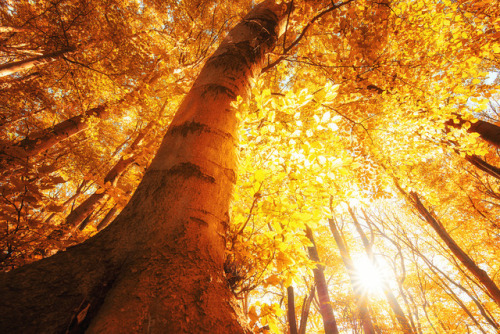

Der Baum im Herbstlicht & Das Leuchten des Waldes by Oliver Henze
-
 greecnemilipo liked this · 1 year ago
greecnemilipo liked this · 1 year ago -
 wonderer125blog liked this · 1 year ago
wonderer125blog liked this · 1 year ago -
 wingedstudentkingdom liked this · 1 year ago
wingedstudentkingdom liked this · 1 year ago -
 crystalgemzine liked this · 1 year ago
crystalgemzine liked this · 1 year ago -
 colorfulsuittree liked this · 2 years ago
colorfulsuittree liked this · 2 years ago -
 mamamack liked this · 2 years ago
mamamack liked this · 2 years ago -
 rudytazar70 liked this · 2 years ago
rudytazar70 liked this · 2 years ago -
 xxmadonahotxx liked this · 2 years ago
xxmadonahotxx liked this · 2 years ago -
 7thsignpoeticpaperchaser liked this · 3 years ago
7thsignpoeticpaperchaser liked this · 3 years ago -
 cloversposts liked this · 3 years ago
cloversposts liked this · 3 years ago -
 addictsworldsblog liked this · 3 years ago
addictsworldsblog liked this · 3 years ago -
 mountains-butt-sweat liked this · 3 years ago
mountains-butt-sweat liked this · 3 years ago -
 soycalamardo-blog liked this · 3 years ago
soycalamardo-blog liked this · 3 years ago -
 chimerical-charisma liked this · 3 years ago
chimerical-charisma liked this · 3 years ago -
 orc-hestral liked this · 4 years ago
orc-hestral liked this · 4 years ago -
 nightmareswithin liked this · 4 years ago
nightmareswithin liked this · 4 years ago -
 sonia-the-hedgehog-2369 liked this · 4 years ago
sonia-the-hedgehog-2369 liked this · 4 years ago -
 rogeriozenateli liked this · 4 years ago
rogeriozenateli liked this · 4 years ago -
 l773 liked this · 4 years ago
l773 liked this · 4 years ago -
 themazziah reblogged this · 4 years ago
themazziah reblogged this · 4 years ago -
 themazziah liked this · 4 years ago
themazziah liked this · 4 years ago -
 0krepta-starchild reblogged this · 4 years ago
0krepta-starchild reblogged this · 4 years ago -
 nito182 liked this · 4 years ago
nito182 liked this · 4 years ago -
 jupiterstarvitski liked this · 4 years ago
jupiterstarvitski liked this · 4 years ago -
 yeougugna liked this · 4 years ago
yeougugna liked this · 4 years ago -
 scientic reblogged this · 5 years ago
scientic reblogged this · 5 years ago -
 pzzyx liked this · 5 years ago
pzzyx liked this · 5 years ago -
 a-veteran-for-veterans-things liked this · 5 years ago
a-veteran-for-veterans-things liked this · 5 years ago -
 hardyfelycia liked this · 5 years ago
hardyfelycia liked this · 5 years ago -
 elethiea liked this · 5 years ago
elethiea liked this · 5 years ago -
 mybodieslasthurrah liked this · 5 years ago
mybodieslasthurrah liked this · 5 years ago
My ambition is handicapped by laziness. -C. Bukowski Me gustan las personas desesperadas con mentes rotas y destinos rotos. Están llenos de sorpresas y explosiones. -C. Bukowski. I love cats. Born in the early 80's, raised in the 90's. I like Nature, Autumn, books, landscapes, cold days, cloudy Windy days, space, Science, Paleontology, Biology, Astronomy, History, Social Sciences, Drawing, spending the night watching at the stars, Rick & Morty. I'm a lazy ass.
222 posts